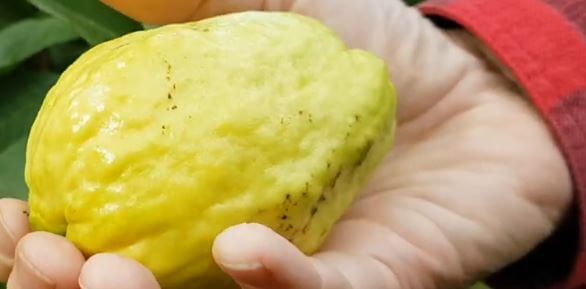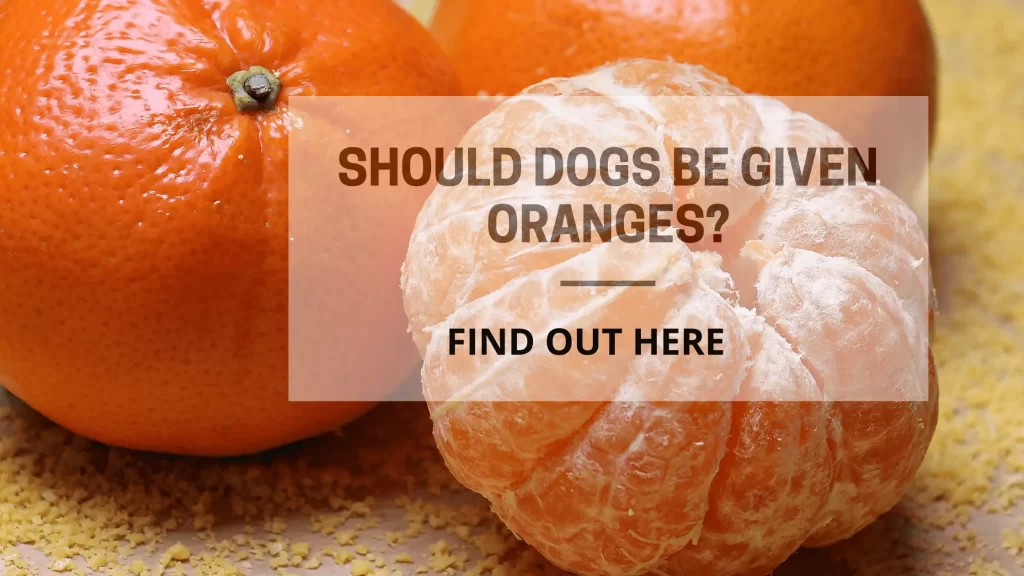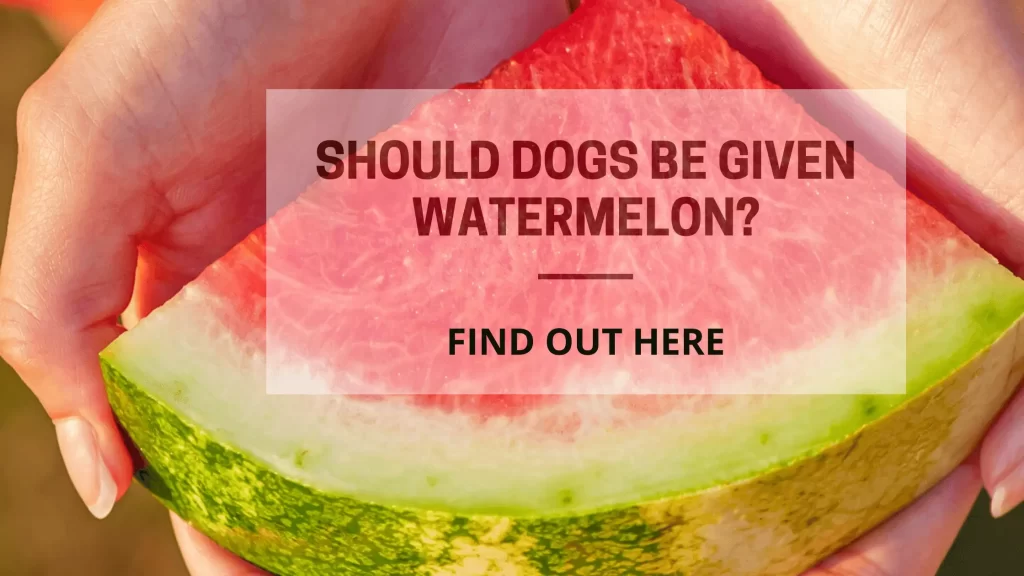In this article, we are going to be looking at the Cercospora leaf spot of guava.
Before we go into the detailed guide, in case you are in a rush, let us look some of the few most important points about Cercospora leaf spot disease of guava:
Short answer: the main characteristic features of this disease of guava is noticeable water-soaked patches under the leaves of infected guava. Common treatment options include the use of copper oxychloride at 0.3 percent. And timely pruning is recommended as a preventive measure.
Keep reading to find out more detailed information about the causal organism, symptoms, management, and preventions.
Overview
Guava (Psidium guajava) is one of the many plants that are serious affected by fungi worldwide.
And such diseases of fungi that are affecting is Cercospora leaf spot. It causes loss of yield and poor growth in guava.
Causal Organism of Cercospora Leaf Spot of Guava
This disease of guava is caused by a fungus known as Pseudocercospora paidii.
It is a fungus with mycelium that is internal, consisting of septate, olivaceous, branched, smooth hyphae, which is 3-4 micrometers wide.
The conidiophores of Pseudocercospora psidii are aggregated in dense fascines arising from the upper cells of the light brown stroma.
The conidiospores are smooth, subcylindrical, 1-3 state, light brown, straight and sometimes curved, and unbranched.
The conidia of Pseudocercospora psidii is solitary, smooth, olivaceous, non-gultilate subcylindrical to narrowly abdovate, apex subobtuse, base narrowly obconically truncate, straight and sometimes curved, and 1-5 spetate.
Mode of Infection
Cercospora leaf spot of guava usually begins from infected leaves and branches that touch the ground.
When the Pseudocercospora psidii gets into the host, it begins to reproduce rapidly underneath the lower surfaces of leaves.
The pathogens reproduce more abundantly during warm and wet weather. The spores are easily spread from one plant to another by wind, rain splashing, insects, and irrigation.
Immature fruits of guava are more susceptible to attack by Pseudocercocospora psidii than large and mature guava fruits.
Read also: Guava Diseases: Distribution, Symptoms, And Management
Symptoms of Cercospora Leaf Spot of Guava

- The appearance of small irregular to subcircular lesions on leaves, stems, and fruits, which is about 2-8mm
- The appearance of a noticeable dark brown spot on the upper surface of the leaf alongside the dark brown and diffuse border
- During warm and wet weather, noticeable sporulation of the causal pathogens can be seen in lesion centers with felty tufts and greenish-gray mycelium
- When the disease becomes worsen, the lesions formed may coalesce to form large areas of necrotic tissue
- Pseudicercospora psidii can cause fruit cracking during infection and this sometimes makes other organisms such as bacteria and fungi to cause the secondary infection
Read also: Algal Leaf Spot Of Guava: Symptoms And Management
Management of Cercospora Leaf Spot of Guava
- Timely fertilization and irrigation is recommended to maintain guava plant vigor
- The use of copper-based fungicides can also help manage the disease
- Timely pruning can also help allow air penetrating
Recommended Reading:



